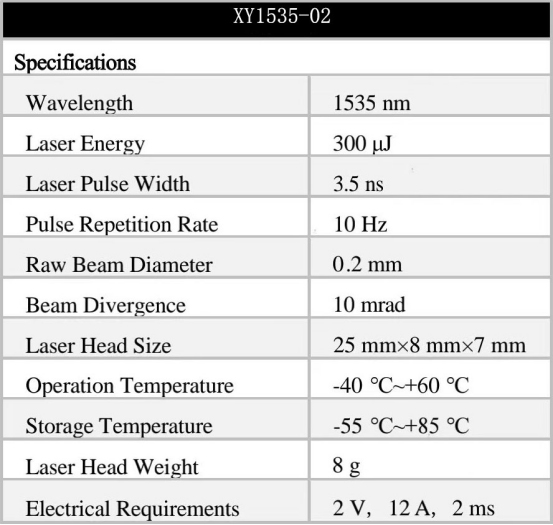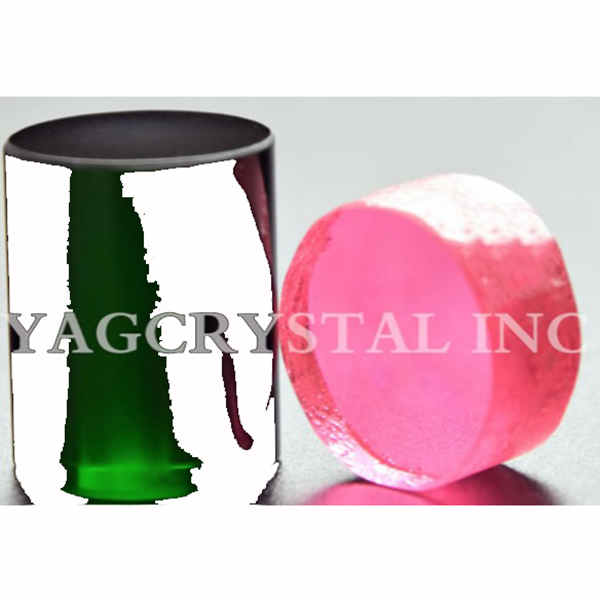image: FIG 1 view more
A new publication from Opto-Electronic Advances, 10.29026/oea.2023.22010 discusses paper-supported photodetectors. Avalanche Gain Effect

There are certain applications where one would require to use single-use (disposable) electronic components. Point-of-care medical testing applications, for example, could benefit strongly of disposable electronics. The high cost of current PCB board or silicon based components, however, would make these single-use electronics not feasible from the economic point of view. Moreover, the poor recyclability of these PCB board or silicon based electronics would make the electronic-waste a severe problem. Paper-based devices can be a solution to achieve both low-cost and biodegradable electronic components tackling the problems of disposable electronics. The authors of this article demonstrate the fabrication of semiconducting devices on cellulose paper substrate through a simple abrasion technique that yields high-performance photodetectors. This solvent-free method is used to deposit a tungsten disulfide WS2 film on paper with a very sensitive photoresponse over a wide spectral range spanning from ultraviolet to near-infrared. Their responsivity value is very similar to commercially available silicon photodetectors. Furthermore, they have built a spectrometer using such a paper-based WS2 device as the photodetecting component to illustrate its potential application. The present work could promote the development of cost-effective disposable photodetection devices.
The authors of this article propose to integrate high-performance semiconductor photodetection devices on common paper substrate through the direct abrasion of photoactive WS2 crystals. The WS2 devices fabricated on paper exhibit a remarkable photoresponse behavior with responsivity values in the order of ~10 mA W−1 at a bias voltage of 10 V over a broad spectral range from ultraviolet (365 nm) to near-infrared (940 nm). As the applied bias voltage is increased, the responsivity is dramatically enhanced and reaches a maximum value of ~270 mA W−1 at a bias voltage of 35 V. Moreover, it is demonstrated that the atmospheric oxygen molecules have a negative impact on the electrical conductivity and photoresponse performance of paper-based WS2 photodetectors. In fact, the performance of the fabricated paper-supported WS2 photodetectors is optimized when operated in vacuum. In addition, a WS2 photodetector with the narrow channel distance is fabricated on paper using interdigitated Au electrodes, achieving a responsivity of ~200 mA W−1 at 5 V bias. Finally, the authors construct an optical spectrometer using a paper-based WS2 device to demonstrate its potential application in sensitive photodetection components.
Keywords: paper electronics / photodetector / van der Waals materials / solvent-free deposition / tungsten disulfide
The 2D Foundry research group is a cluster of researchers located at the Materials Science Institute of Madrid (which is part of the Spanish Research Council) with interest in two-dimensional materials and research focusing on the optoelectronic properties of two-dimensional materials such as molybdenum disulfide and black phosphorus. Two-dimensional materials are integrated in electronic devices to study their mechanical, electrical and optical properties. Prof. Andres Castellanos-Gomez is the recipient of the Spanish national youth award in 2022.
Opto-Electronic Advances (OEA) is a high-impact, open access, peer reviewed monthly SCI journal with an impact factor of 8.933 (Journal Citation Reports for IF2021). Since its launch in March 2018, OEA has been indexed in SCI, EI, DOAJ, Scopus, CA and ICI databases over the time and expanded its Editorial Board to 36 members from 17 countries and regions (average h-index 49).
The journal is published by The Institute of Optics and Electronics, Chinese Academy of Sciences, aiming at providing a platform for researchers, academicians, professionals, practitioners, and students to impart and share knowledge in the form of high quality empirical and theoretical research papers covering the topics of optics, photonics and optoelectronics.
More information: http://www.oejournal.org/oea
Editorial Board: http://www.oejournal.org/oea/editorialboard/list
All issues available in the online archive (http://www.oejournal.org/oea/archive).
Submissions to OEA may be made using ScholarOne (https://mc03.manuscriptcentral.com/oea).
Contact Us: oea@ioe.ac.cn
Twitter: @OptoElectronAdv (https://twitter.com/OptoElectronAdv?lang=en)
Article reference: Zhang WL, Çakıroğlu O, Al-Enizi A, Nafady A, Gan XT et al. Solvent-free fabrication of broadband WS2 photodetectors on paper. Opto-Electron Adv 6, 220101 (2023). doi: 10.29026/oea.2023.22010
Disclaimer: AAAS and EurekAlert! are not responsible for the accuracy of news releases posted to EurekAlert! by contributing institutions or for the use of any information through the EurekAlert system.
Conor Lovett Compuscript Ltd c.lovett@cvia-journal.org Office: 353-614-75205
Copyright © 2023 by the American Association for the Advancement of Science (AAAS)

Laser Crystal Yag Material Copyright © 2023 by the American Association for the Advancement of Science (AAAS)
